
The United States has always led the way in aerial supremacy, with more of the top aircraft in the world, including stealth planes, than any other nation. Stealth technology got its start in 1975 when the Lockheed Corporation (now Lockheed Martin) Advanced Development Programs, known as Skunk Works, was awarded the contract to build the stealth demonstrator, which is what eventually led to the F-117 Nighthawk.
This first stealth plane, the American Lockheed F-117A Nighthawk, a ground-attack fighter, was officially declared the world’s first operational aircraft equipped with stealth technology when it was introduced in 1983. Although the F-117 Nighthawk was retired to make way for the F-22 Raptor, it is still used for training purposes. The current crop of stealth planes, the F-22 Raptor or the B-2 Spirit aren’t technically invisible on radar, but their stealth technology makes them harder to detect and track. The general design of a stealth aircraft effectively reduces radar and thermal detection.
The only countries that are thought to have used stealth aircraft in combat are the United States, the United Kingdom, and Israel. The U.S. used them in the invasion of Panama, the first Gulf War, the Kosovo Conflict, the War in Afghanistan, the War in Iraq, and the 2011 military intervention in Libya. However, China, Iran, and Russia have their own stealth aircraft. (This is every plane in Russia’s air force.)
To identify the stealth planes used by global superpower Air Forces that the enemy can’t detect, 24/7 Wall St. consulted several resources, including the U.S. Airforce and individual manufacturers for aircraft specifications. Aircraft are ordered by first flight date.
Here stealth planes used by global superpower Air Forces.
SR-71 Blackbird
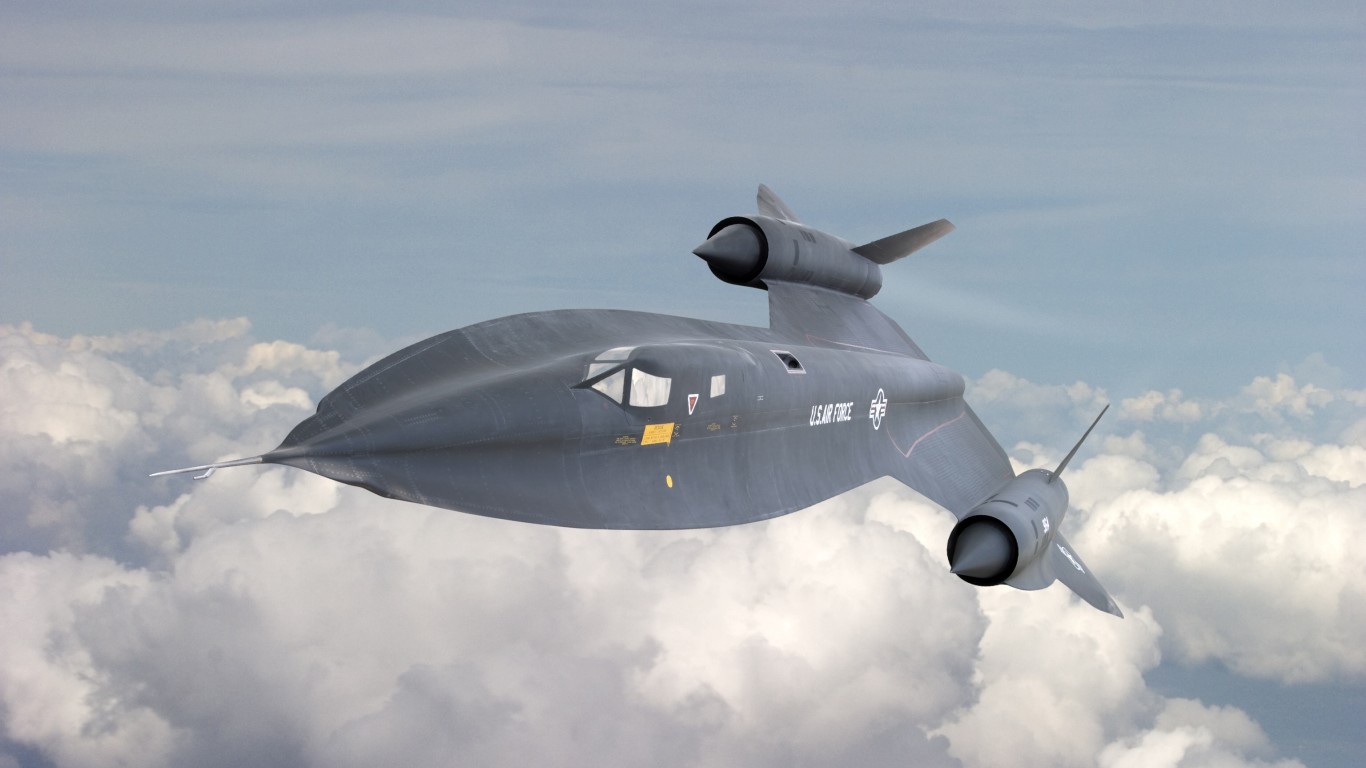
- Nation: United States
- Manufacturer: Lockheed Martin
- First flight: Dec. 22, 1964
F-117 Nighthawk
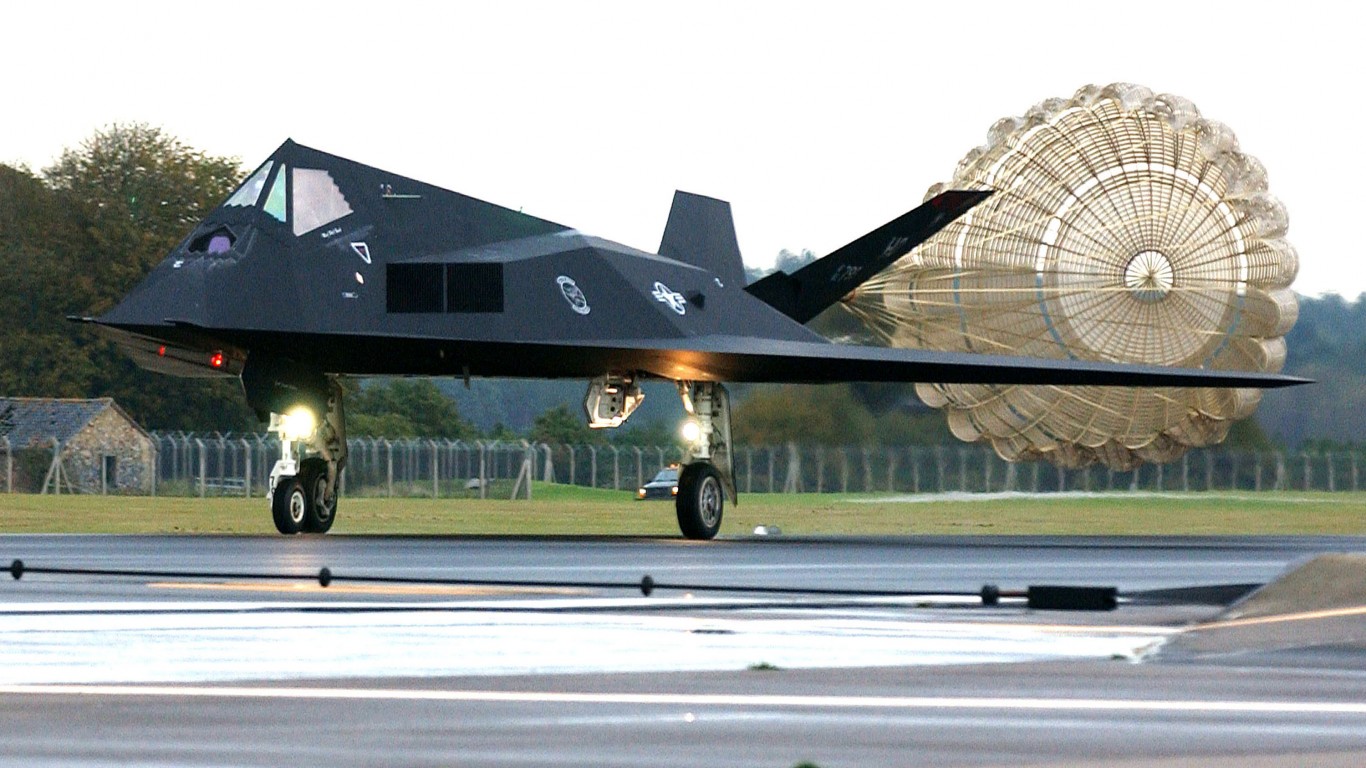
- Nation: United States
- Manufacturer: Lockheed Martin
- First flight: Jun. 18, 1981
B-2 Spirit
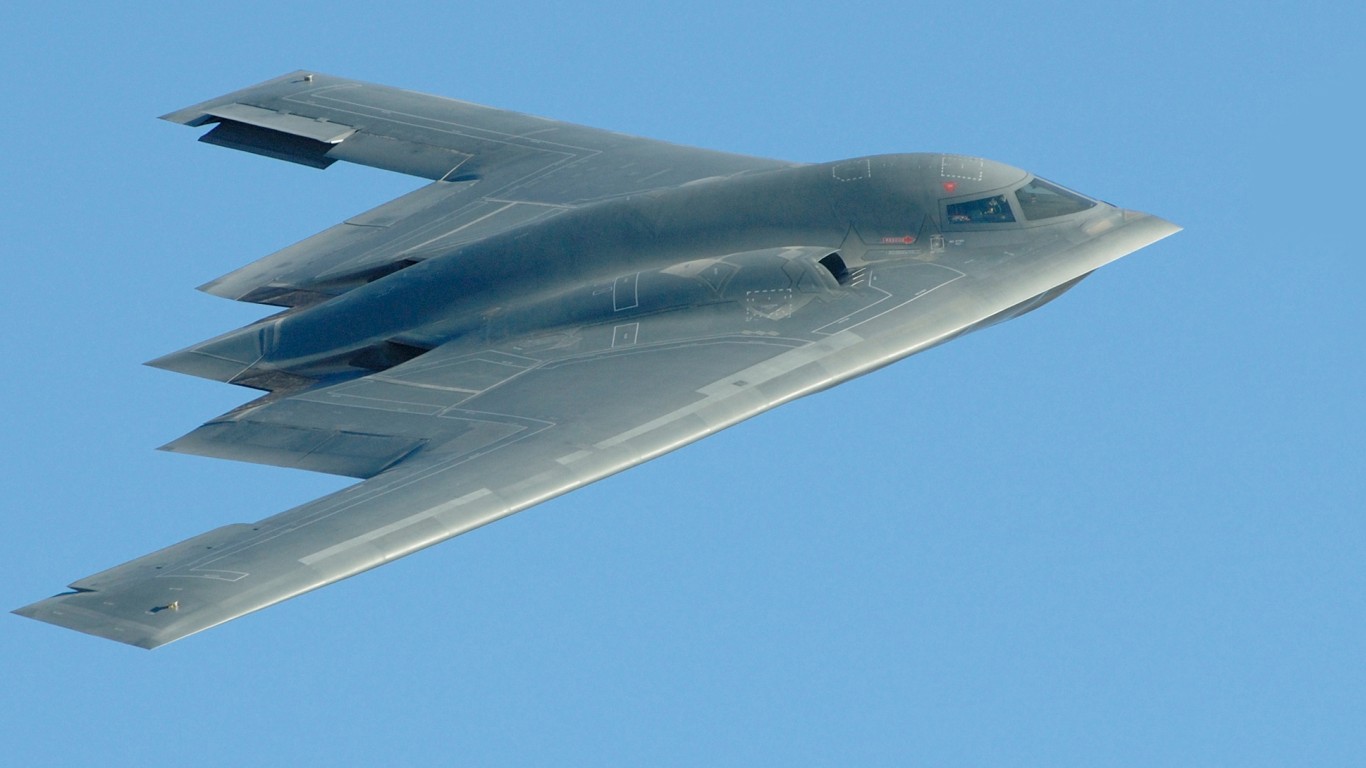
- Nation: United States
- Manufacturer: Northrop Grumman
- First flight: Jul. 17, 1989
F-22 Raptor
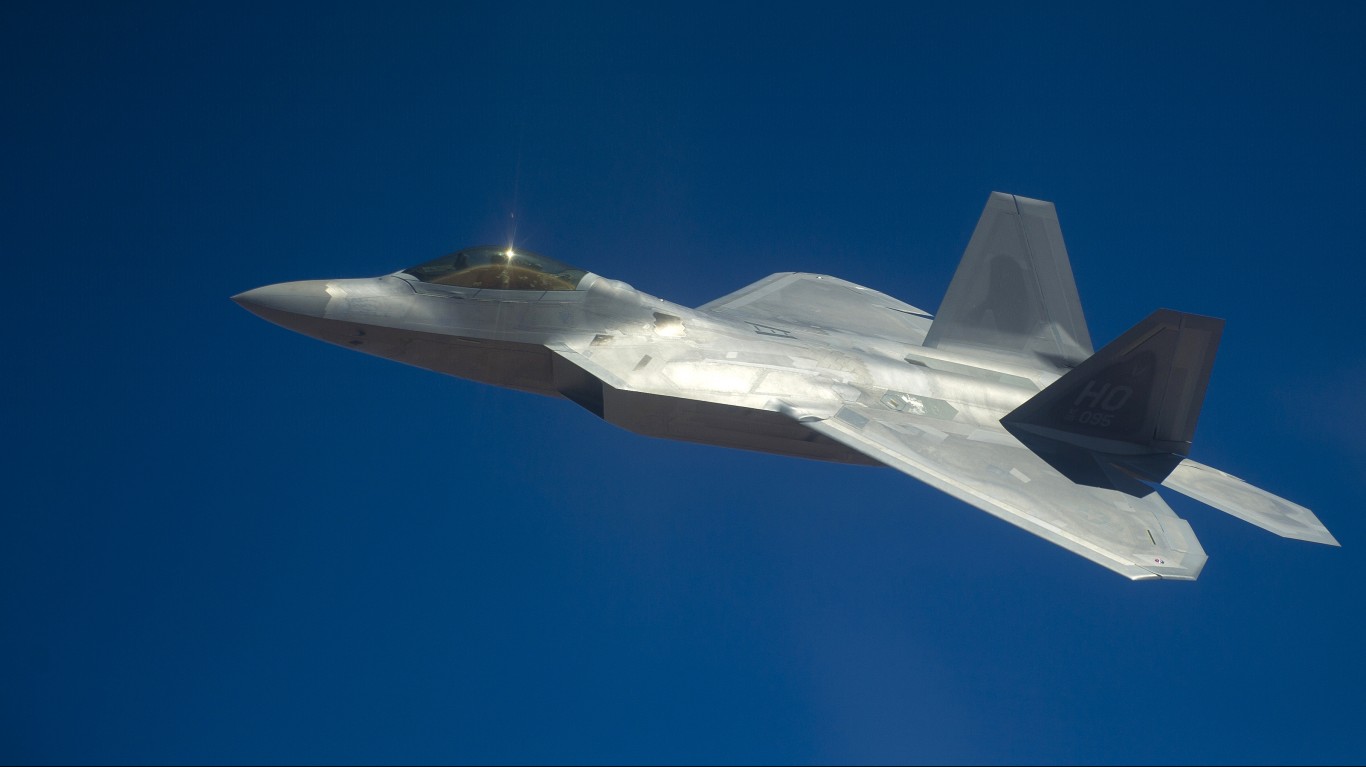
- Nation: United States
- Manufacturer: Lockheed Martin
- First flight: Sept. 7, 1997
F-35 Lightning II

- Nation: United States
- Manufacturer: Lockheed Martin
- First flight: Dec. 15, 2006
RQ-170 Sentinel

- Nation: United States
- Manufacturer: Lockheed Martin
- First flight: 2007
Sukhoi Su-57

- Nation: Russia
- Manufacturer: United Aircraft Corporation
- First flight: Jan. 29, 2010
Chengdu J-20
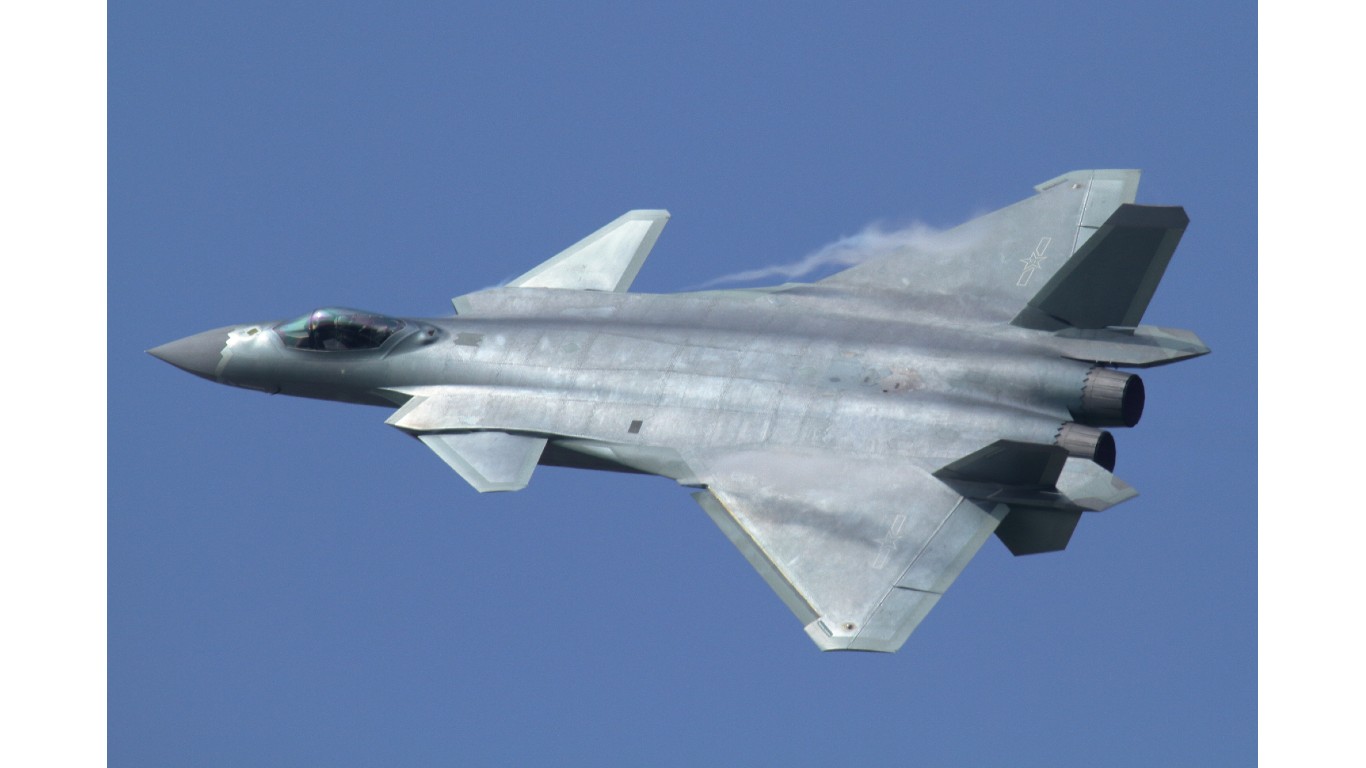
- Nation: China
- Manufacturer: Chengdu Aircraft Industry Group
- First flight: Jan. 11, 2011
RQ-180

- Nation: United States
- Manufacturer: Northrop Grumman
- First flight: 2013
Sharp Sword

- Nation: China
- Manufacturer: Hongdu Aviation Industry Group
- First flight: Nov. 21, 2013
Shahed 171 simorgh
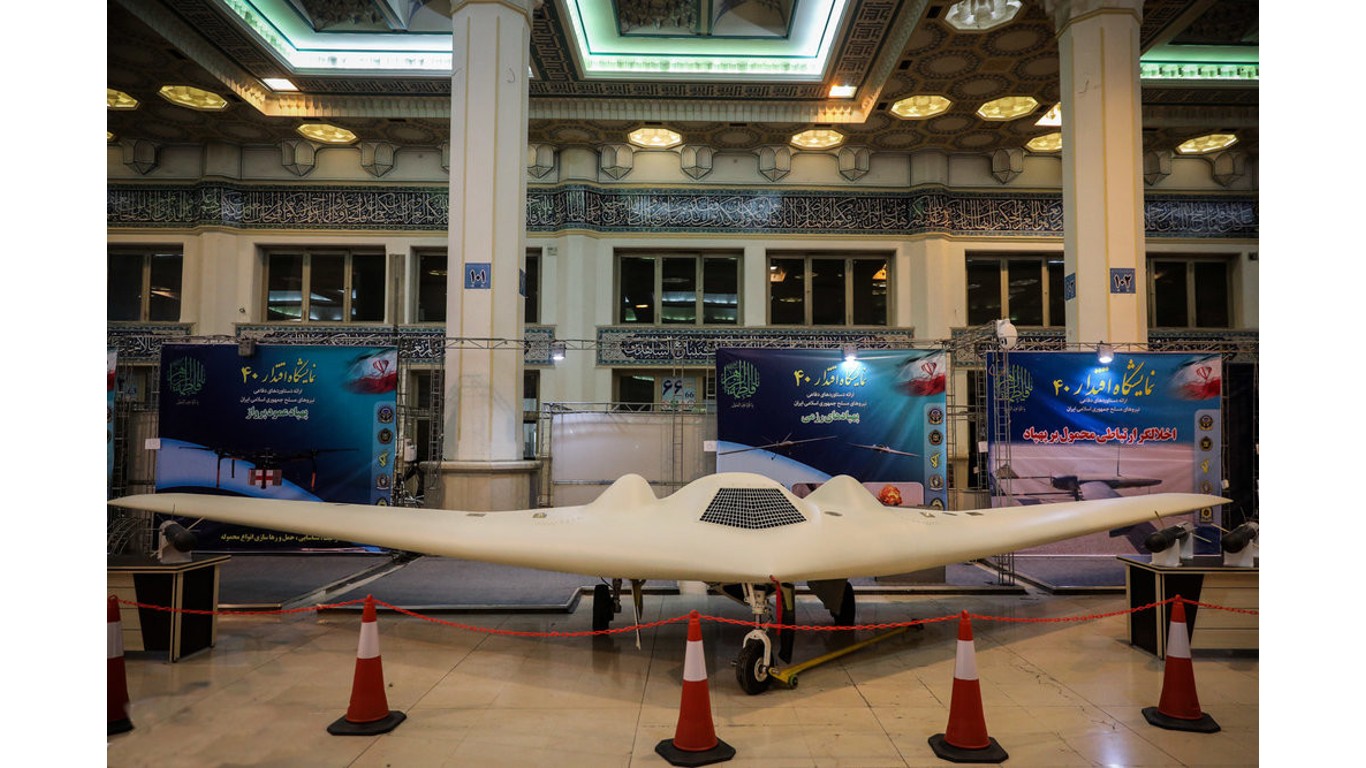
- Nation: Iran
- Manufacturer: Aerospace Force of the Army of the Guardians of the Islamic Revolution
- First flight: 2014
Wind Shadow
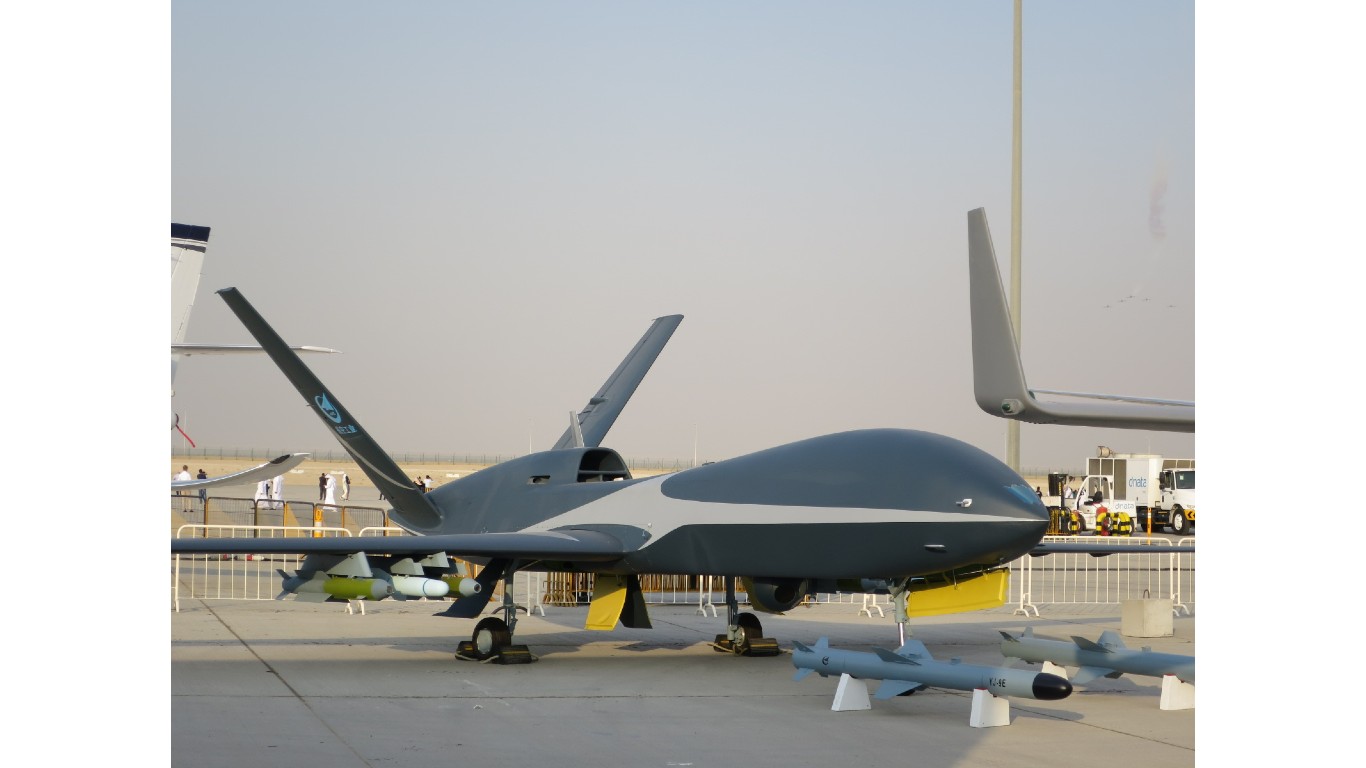
- Nation: China
- Manufacturer: Chengdu Aircraft Industry Group
- First flight: 2014
Credit card companies are handing out rewards and benefits to win the best customers. A good cash back card can be worth thousands of dollars a year in free money, not to mention other perks like travel, insurance, and access to fancy lounges. See our top picks for the best credit cards today. You won’t want to miss some of these offers.
Flywheel Publishing has partnered with CardRatings for our coverage of credit card products. Flywheel Publishing and CardRatings may receive a commission from card issuers.
Thank you for reading! Have some feedback for us?
Contact the 24/7 Wall St. editorial team.
